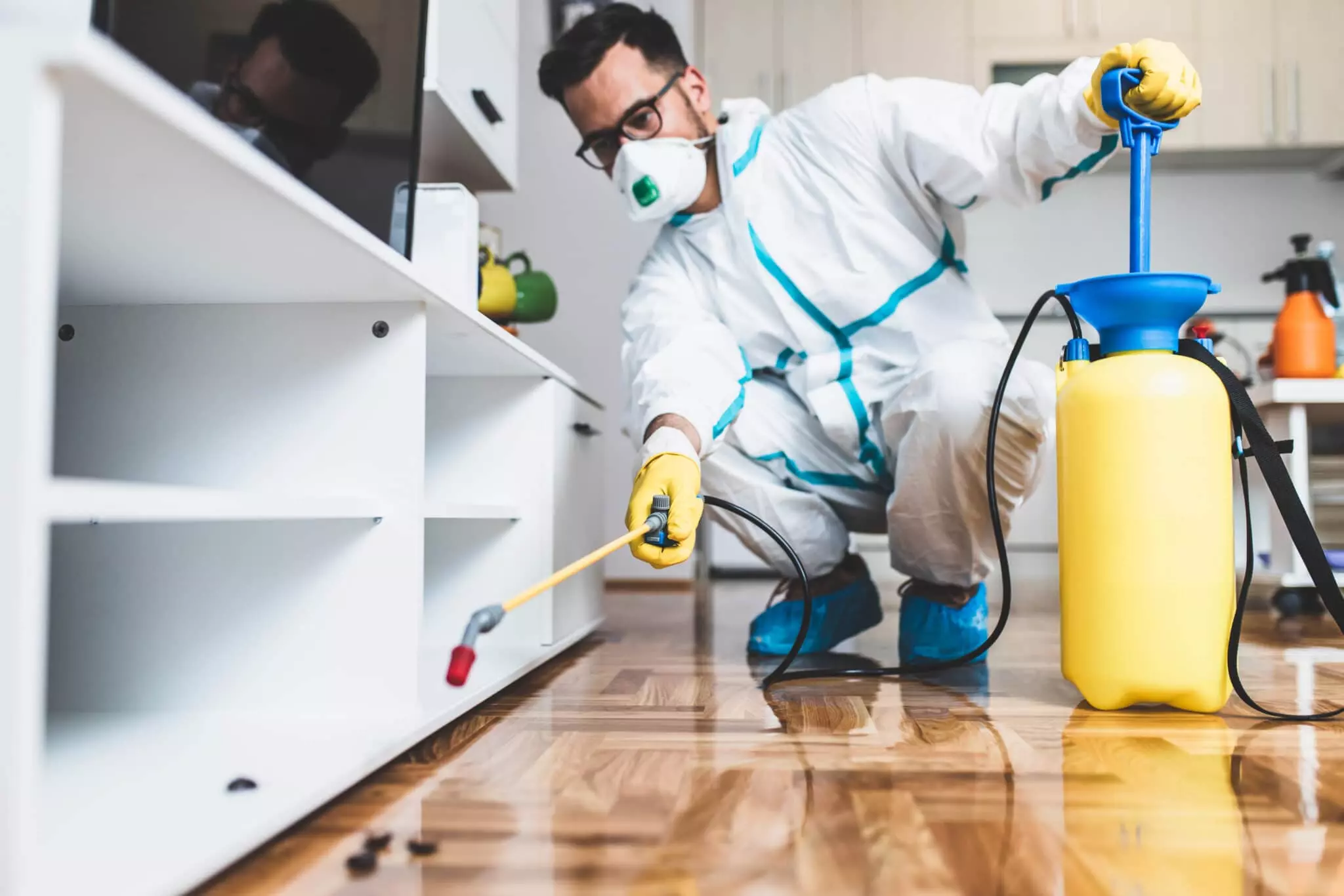Quality A1 Pest Control Services Charlotte - Protect Your Home
Quality A1 Pest Control Services Charlotte - Protect Your Home
Blog Article
Bed Insect Therapy Breakdown: Comparing Chemical Vs. Non-Chemical Solutions
In the realm of pest control, specifically when managing the relentless problem of bed bugs, the choice between chemical and non-chemical treatment services can be a critical one. Both techniques provide unique benefits and disadvantages, affecting factors such as performance, security considerations, and total cost. By examining the nuanced information of each method, a more clear understanding of which path to pursue in resolving a bed insect infestation can be attained.
Effectiveness of Chemical Treatments
Chemical treatments for bed bug problems have actually been commonly recognized for their powerful and quick effectiveness in removing these bugs. When thinking about the effectiveness of chemical therapies, it is vital to understand that they can provide a thorough and fast service to a bed insect trouble.
Additionally, chemical treatments have the advantage of providing residual effects, suggesting that they can continue to remove bed pests also after the first application. This residual activity is especially helpful in combating any kind of potential re-infestations. Additionally, the rapid activity of chemical therapies can bring alleviation to people encountering severe bed pest infestations, permitting them to regain control of their space quickly.
Safety And Security Worry About Chemical Solutions
One vital element that needs cautious consideration when making use of chemical options for bed pest therapy is making sure the safety and security of occupants and the atmosphere. Exposure to particular chemicals utilized in bed bug treatments can lead to breathing issues, skin irritation, or other damaging reactions, especially in individuals with pre-existing problems or sensitivities.
Additionally, the ecological effect of chemical options is an additional significant consideration. Some pesticides used in bed bug therapies may be harmful to advantageous pests, wildlife, and environments if they seep into the soil or water systems. It is vital to use chemical treatments carefully, complying with safety and security guidelines, and considering less harmful options to reduce these dangers and make sure the reliable and risk-free management of bed insect invasions.
Benefits of Non-Chemical Strategies
Thinking about the prospective security concerns and environmental effect linked with chemical options for bed pest therapy, checking out non-chemical approaches presents an appealing option with a number of distinct advantages. Non-chemical therapies are ecologically friendly, as they do not contribute to air or water pollution, making them a sustainable choice for insect control.
In addition, non-chemical services can be efficient in targeting bed bugs, including hard-to-reach locations where chemical therapies might not pass through. Approaches such as warmth treatment, vacuuming, vapor cleansing, and cushion coverings offer extensive obliteration without making use of damaging chemicals. In addition, non-chemical techniques can be less disruptive, needing marginal prep work and enabling quicker reentry into dealt with areas. Generally, selecting non-chemical bed insect therapy methods not only prioritizes safety and security and environmental management yet likewise ensures detailed and reliable parasite control.
Limitations of Non-Chemical Treatments

In addition, non-chemical therapies usually need numerous applications to achieve effective eradication. This can be taxing and might not constantly ensure total removal of all bed pests and their eggs, specifically in hard-to-reach or hidden places.
Moreover, the success of non-chemical therapies heavily relies upon proper implementation and thoroughness, which can be challenging for individuals without professional expertise. Inadequate application of non-chemical techniques may lead to incomplete obliteration, leading to consistent infestations and the demand for special info additional therapies.
Consequently, while non-chemical treatments have their benefits, it is vital to acknowledge these limitations and consider them when figuring out one of the most reliable strategy for managing bed bug problems.
Cost Contrast: Chemical Vs. Non-Chemical Options
Offered the constraints connected with non-chemical therapies, a vital element to assess in the context of bed insect management is the price comparison in between chemical and non-chemical options. Chemical treatments usually involve the application of pesticides by experts, which can vary from $250 to $900 per space, depending upon the severity of the problem and the size of the area to be dealt with. On the other hand, non-chemical treatments like warm therapy or steam can be more pricey, with costs varying from $1,000 to $6,000 for a whole home. While the first cost of chemical treatments may appear reduced, several treatments might go to these guys be required to totally eliminate the infestation, possibly boosting the total cost. On the other hand, non-chemical choices may offer an extra eco-friendly and sustainable service, although they can be cost-prohibitive for some individuals. Inevitably, when taking into consideration the expense of bed bug therapy alternatives, it is necessary to consider the in advance costs against the effectiveness and lasting sustainability of the chosen technique.
Verdict

Considering the prospective safety concerns and ecological effect connected with chemical remedies for bed pest therapy, discovering non-chemical techniques presents a promising option with numerous distinct benefits.Offered the limitations associated with non-chemical treatments, an important facet to review in the context of bed insect administration is the cost contrast in between chemical and non-chemical options. In contrast, non-chemical therapies like warmth therapy or vapor can be much more pricey, with costs ranging from $1,000 to $6,000 for an entire home. While the preliminary price of chemical treatments might seem lower, several therapies might be required to completely eradicate the problem, potentially increasing the total cost.In final thought, when contrasting chemical and non-chemical bed pest treatment options, it is important to take into consideration performance, safety and security, benefits, restrictions, and cost.
Report this page